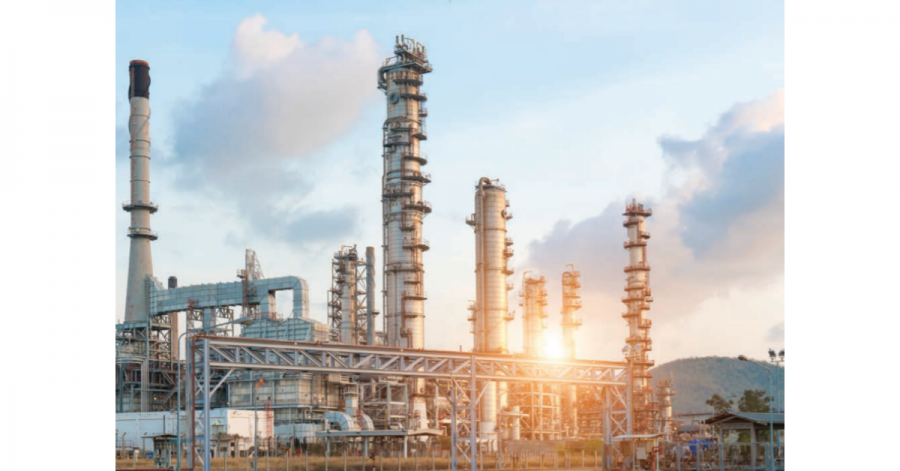
Updating 100-year-old technology for the next generation
Liquid ring vacuum compressors are a proven solution widely used across process industries, especially for the recovery of gases and vapors.
They are utilized in applications where severe conditions exist and safety is a critical requirement. Demand for this equipment is expected to continue to grow at nearly 5% a year through 2029 because liquid ring compressors offer reliable solutions in refinery applications that recover flare gas. Liquid ring compressors also are ideal solutions for specialized applications such as chlorine or hydrogen compression and in the production of vinyl chloride monomers, biodiesel or ethanol, and other transesterification processes.
Liquid ring compressors can use any kind of service liquid to create a seal, making them ideal for applications in which process contamination is prohibited. The most common service liquid is water, which combined with the fact that the compressors are engineered with only one moving part, provides efficient operation and a long lifecycle with less downtime and maintenance costs.
While liquid ring technology has been available for more than 100 years to meet a range of capacity requirements, the next generation of compressors from some manufacturers can provide full compliance with the existing and expected updates of the API 681 standards for the chemical, gas, and petroleum industries. Learn more in this white paper about liquid ring compressor advancements and how to incorporate the equipment cost-effectively into your recovery processes.
Ideal for demanding industrial processes
The main applications for liquid ring compressors include flare gas recovery and processing of especially aggressive, flammable, or corrosive gases and vapors found in:
• Chemical processing
• Chlorine compression
• CO2 treatment
• Ozone bleaching
• Vinyl chloride monomer (VCM) or aromatics recovery
• Water treatment
Key processes
• Batch reactors
• Deaeration and gasification
• Gas compression
• Flare gas recovery
• Off gas recovery
• Vent gas compression
• Vapor recovery